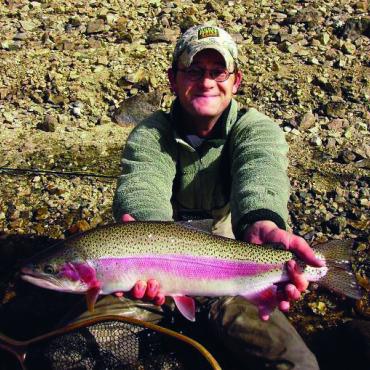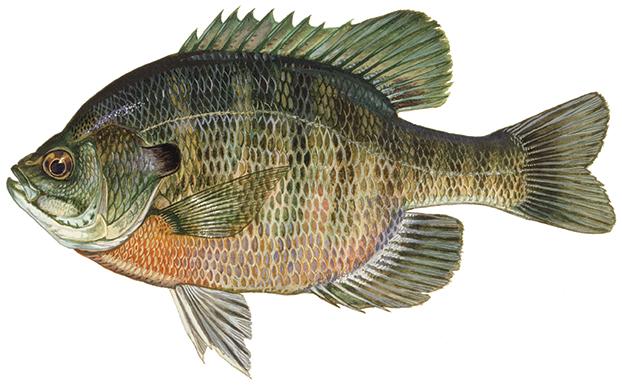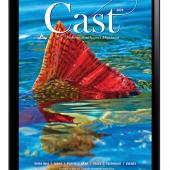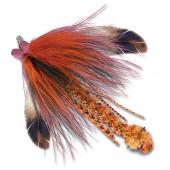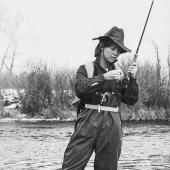Casting for Lesser-Known Loot
Fishing is all about the tug on the other end of the line, regardless of the species biting. While we’ve created a hierarchy, with trout firmly at the top, the truth is catching any fish is fun, and sometimes making it easier for a beginner or young one is the difference between creating a lifelong angler and a disinterested burnout. Here are species to pursue that will definitely get you hooked.
Yellow Perch: Perca flavescens
Although yellow perch are abundant in Montana on both sides of the Divide, they are not a native species. Most often found in large schools in ponds and lakes, perch can make for a very productive day on the water. Fishing is usually best along structures, weed beds, and rocky points or outcroppings. Due to their small size, anglers are encouraged to use lighter tackle and to be selective when keeping fish.
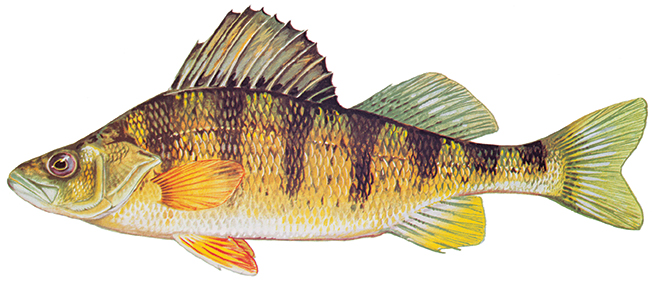
Bluegill: Lepomis macrochrus
While also not native to Montana, these little Perciformes have become quite common in stock ponds and storage reservoirs around the state. Bluegill are not known for an impressive size—the largest rarely grow over twelve inches, and in extreme cases will barely exceed four pounds. They are, however, aggressive feeders and can be found around and near cover and structure; docks, weed beds, and rocky shorelines with overhanging trees are all likely habitat for this species.
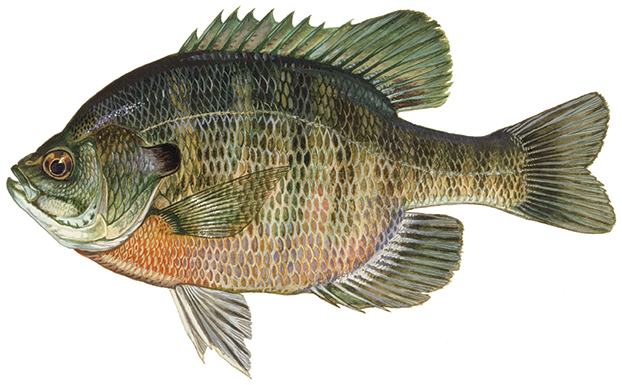
Longnose Sucker: Catostomus catostomus
The most common of its type caught in Montana, this native sucker-fish is found in all three major river drainages as well as plains reservoir and lake habitats. The largest members of this species caught in the state weigh in at around five pounds. These fish are easily spotted during spring spawning, when they congregate in feeder streams and creeks. While not sought-after as a game fish, the sucker spawn can be a boon for trout fishermen who know how to match small yarn “glo-bug” patterns or beads to mimic the sucker eggs.
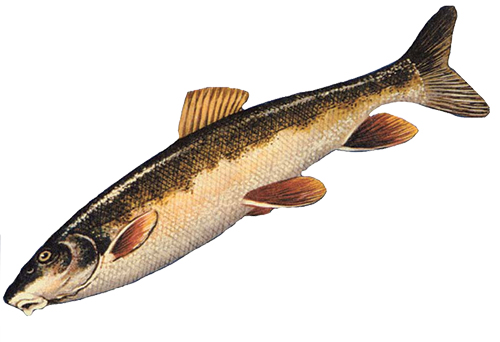
Kurt Dehmer owns Durty Kurty’s guide service in Bozeman.


